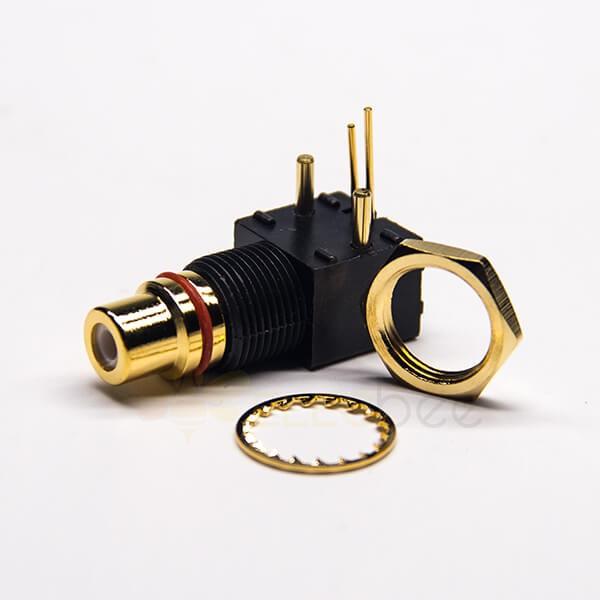RCA connectors have been around for decades and are still used today to transmit audio and video signals between various devices. Despite their age, these connectors continue to be relevant, especially in the world of audio and home entertainment. In this article, we will explore the history, design, and applications of RCA connectors, helping you understand how they work and why they continue to be a popular choice for audio and video transmission.
The History of RCA Connectors
The RCA connector was developed by the Radio Corporation of America (RCA) in the 1940s as a simple and reliable means to connect audio and video equipment. It quickly became the standard connector for audio and video signals, and over the years, has been adapted for various applications. Today, RCA connectors are commonly seen in home entertainment systems, audio equipment, and even some professional audio applications.

Anatomy of an RCA Connector
An RCA connector consists of two main parts: the plug and the jack. The plug is the male end of the connector, while the jack acts as the female counterpart. RCA connectors are typically color-coded to make it easier for users to identify the correct cable for their specific application.
The Plug
The RCA plug features a central pin and an outer metal ring. The pin is responsible for transmitting the signal, while the outer ring serves as the ground or return path. RCA plugs are often made of metal, such as brass or nickel, and are designed to fit snugly into the corresponding jack.
The Jack
The RCA jack is designed to accept the plug and create a secure connection between the two components. It consists of a metal sleeve with a small hole in the center for the plug's pin to fit into. The outer metal ring of the plug connects to the metal sleeve of the jack, creating a ground connection. The jack is often mounted on a device panel or circuit board and soldered in place.
RCA Connector Applications
RCA connectors are used in a wide range of applications, from consumer electronics to professional audio and video equipment. Some common uses for RCA connectors include:
Audio
RCA connectors are widely used to transmit analog audio signals between devices. The most common configuration is a pair of connectors, one for the left channel and another for the right channel. These connectors are typically color-coded, with red used for the right channel and white or black for the left channel. In some cases, a third RCA connector is used to transmit a composite video signal, which is typically color-coded yellow.
Video
RCA connectors are also used for transmitting video signals, including composite, component, and S-video signals. Composite video uses a single RCA connector, typically color-coded yellow, to transmit a standard-definition video signal. Component video, on the other hand, utilizes three RCA connectors, color-coded red, green, and blue, to transmit high-definition video signals. S-video, which is somewhat less common, uses a specialized multi-pin connector in conjunction with an RCA connector for audio.
Digital Audio
RCA connectors are sometimes used for digital audio transmission, such as for S/PDIF (Sony/Philips Digital Interface Format) connections. In this case, a single RCA connector is used to transmit a digital audio signal between devices, such as from a CD player to an audio receiver. The connector is often color-coded orange to differentiate it from analog audio connections.
The Benefits and Limitations of RCA Connectors
RCA connectors have been widely adopted due to their simplicity, reliability, and affordability. They are easy to use, allowing for quick connections and disconnections, and they provide a secure, stable connection between devices. RCA connectors are also highly versatile, supporting a wide range of audio and video applications.
However, RCA connectors do have some limitations. The analog nature of RCA connections means that they are susceptible to signal degradation and interference. In addition, the single-wire design of RCA connectors can lead to ground loop problems, which can cause unwanted noise and interference in audio and video signals. Finally, RCA connectors are not capable of supporting newer, high-bandwidth digital audio and video formats, such as HDMI or DisplayPort.
Conclusion
Despite their age, RCA connectors continue to be a popular choice for transmitting audio and video signals between devices. Their simplicity, reliability, and versatility have made them a mainstay in the world of audio and home entertainment. While newer digital connection standards have emerged, RCA connectors remain relevant, providing a tried-and-true method for connecting devices and ensuring compatibility across various audio and video equipment.






